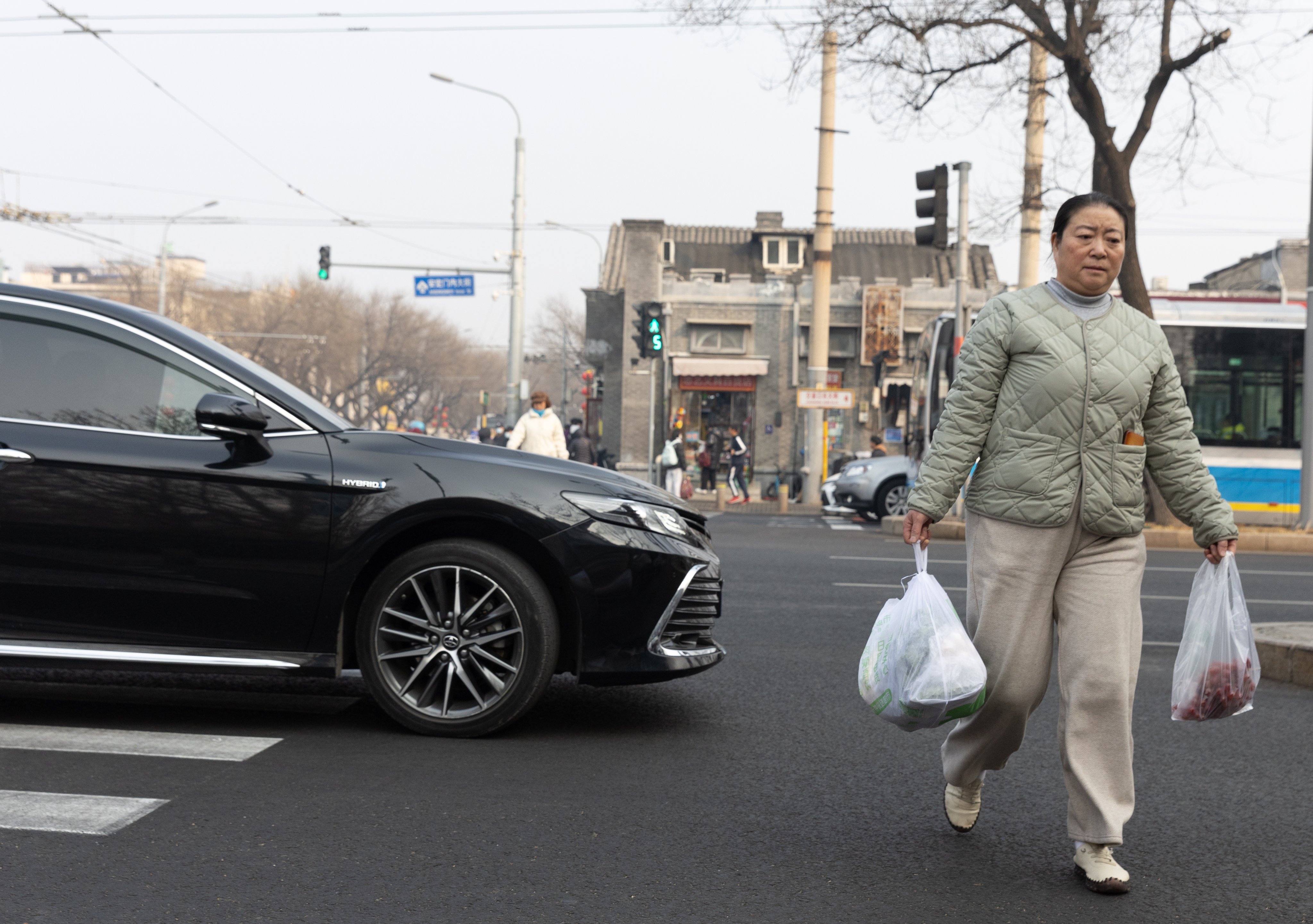With trade becoming a less reliable source of growth, Chinese academics have recommended demand-side measures to spur domestic spending
China’s domestic consumption has taken on greater importance in an increasingly uncertain environment for international trade. Photo: EPA-EFE
As a growing trade surplus highlights the need for China to boost its domestic demand, scholars at a Peking University seminar suggested enhancing the country’s social safety net and increasing investment in public service to build a foundation for higher consumption.
Beijing has unveiled several initiatives to encourage demand, including a 30-point plan published on Sunday, to counteract tariffs and export restrictions levied by the US to correct the surplus its president and other officials have labelled as unfair.
To address the imbalance in trade, “the ultimate solution is to boost domestic demand and consumption,” said Lu Feng, a professor of economics at the university’s National School of Development, during the Sunday seminar.
“By doing so, a significant portion of domestically produced goods can be consumed within the country, which would also enable a higher volume of imports.”
China’s trade surplus reached a record high of nearly US$1 trillion last year.
Lu pointed out that China must realign the structure of its public resource allocation, which has historically been heavily skewed towards the supply side.
There should be a greater emphasis on supporting livelihoods, he said, with particular attention to low-income groups.
Lu called for a new round of fiscal reform, focused on improving household income and addressing the disparities in social welfare across regions and sectors.
Source: National Bureau of Statistics|Created with Datawrapper
He cited the pension gap as an example. In 2022, he said, the average annual pension for public servants was 73,198 yuan (US$10,121), while the average for retirees who worked at urban enterprises was only 37,783 yuan.
Pensions for rural and non-working urban residents were even lower, at only 2,456 yuan per year.
“Consumption is determined by expected long-term income, not just current income,” Lu said, stressing that subsidies will not be effective without a stronger social safety net.
Another approach proffered by Zhang Bin – a senior fellow at the Institute of World Economics and Politics at the Chinese Academy of Social Sciences – would be to increase public investment in the service sector.
He pointed out that China’s investment in public services such as education, healthcare and social work is substantially lower than that of other major economies.
This underinvestment is evident in the country’s relatively limited number of museums, public libraries and sports venues when compared to developed countries.
The proportion of public service sector investment in China’s total fixed-asset investment stood at 4.9 per cent, Zhang said, contrasted with 24.9 per cent in the US, 21.2 per cent in Germany, and 17.3 per cent in Japan.
“Consumption and investment are highly positively correlated and mutually reinforcing,” Zhang said. Since investment decisions are faster to make, he added, expanding investment is a quicker and more effective way to boost consumption.
Source:
South China Morning Post
Written by:
Carol Yang

